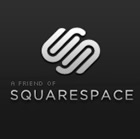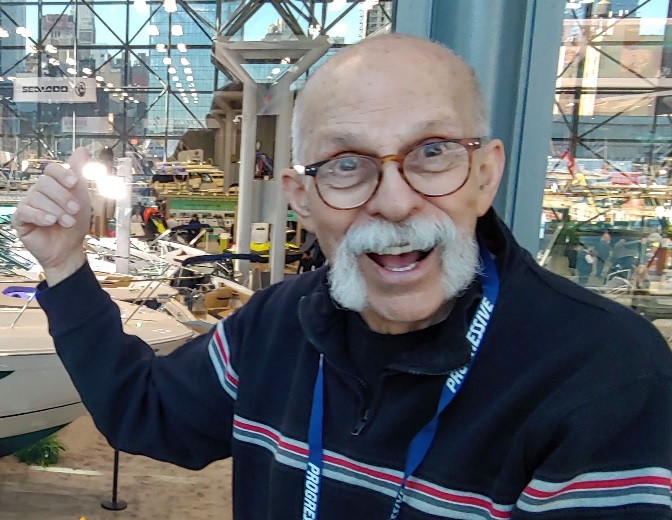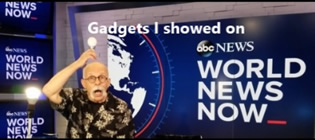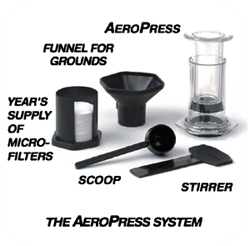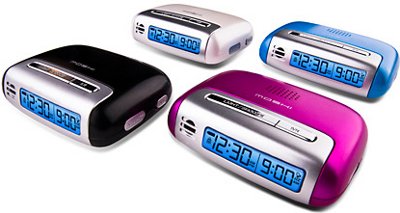A new way to protect your portable GPS from thieves.
 February 15, 2010
February 15, 2010  These days almost every driver I know has a GPS unit. Many of them are built in, but many are portable units. GPS units become easier to use and more feature laden every year. But along with tech advances comes the attraction of thieves. That’s why I think the Maplock GPS anti-theft device is a good idea. It’s a two part locking system. There’s a stainless steel tether that attaches around the steering wheel. It’s connected to the Maplock device, which fits over your GPS unit and is locked with a key. The Melbourne-based auto accessory company Who-Rae Australia developed this gizmo, which they say is the world’s first in-car GPS security device. It’s made to protect most portable GPS units with screen sizes between 3.5” & 5”. The bright colors of the Maplock are intended to deter thieves from breaking a window to gain entry. If thieves are roaming through a parking lot taking GPS units, I think they’d skip one that had this device in place and pick something easier. Why hassle cutting a wire and breaking a locking device when the cars all around probably have no locking device? GPS theft is not an isolated crime. According to the FBI, the number of thefts has increased by 700% in recent years. There are estimates that 2.6 million GPS units will be stolen over the next two years, so an under $50 anti-theft investment could really be worthwhile. It’s on pre-order right now and should be shipping in about a month.
These days almost every driver I know has a GPS unit. Many of them are built in, but many are portable units. GPS units become easier to use and more feature laden every year. But along with tech advances comes the attraction of thieves. That’s why I think the Maplock GPS anti-theft device is a good idea. It’s a two part locking system. There’s a stainless steel tether that attaches around the steering wheel. It’s connected to the Maplock device, which fits over your GPS unit and is locked with a key. The Melbourne-based auto accessory company Who-Rae Australia developed this gizmo, which they say is the world’s first in-car GPS security device. It’s made to protect most portable GPS units with screen sizes between 3.5” & 5”. The bright colors of the Maplock are intended to deter thieves from breaking a window to gain entry. If thieves are roaming through a parking lot taking GPS units, I think they’d skip one that had this device in place and pick something easier. Why hassle cutting a wire and breaking a locking device when the cars all around probably have no locking device? GPS theft is not an isolated crime. According to the FBI, the number of thefts has increased by 700% in recent years. There are estimates that 2.6 million GPS units will be stolen over the next two years, so an under $50 anti-theft investment could really be worthwhile. It’s on pre-order right now and should be shipping in about a month.
Hear this Netcast: www.twit.tv/dgw1023

